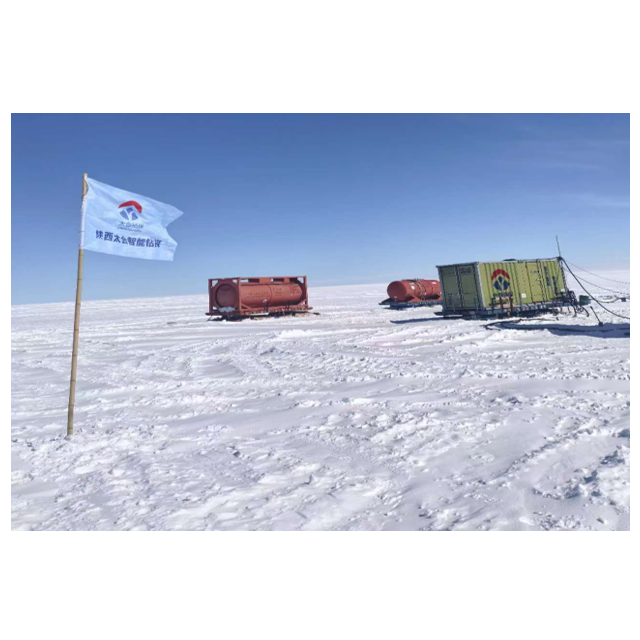
It is a drilling supporting system specifically designed for extreme environmental conditions such as the polar regions. This system uses air as the circulation medium to replace the traditional liquid circulation medium, and is mainly composed of an air compressor, a cooling system, a control system and other components. This is mainly because in extremely cold environments, common liquid media are likely to freeze, making it impossible to carry out drilling operations. The air drilling circulation integration system can effectively avoid this problem and ensure the smooth progress of drilling operations in extreme environments like the polar regions.
It is mainly suitable for drilling operations in extreme environmental conditions such as the polar regions and deserts. In these environments, traditional liquid circulation media are easily restricted by environmental conditions, while the air drilling circulation integration system can effectively deal with these problems. In addition, this system can also be used for drilling operations under some special geological conditions, such as frozen soil and salt layers.
(1) It is integrated in a standard 20-yard container, and the transportation mass of a single unit does not exceed 4 tons, which is convenient for various transportation methods such as vehicle transportation, ship transportation, and air transportation, as well as hoisting.
(2) The operating voltage is 380V, and the power is 125kW.
(3) The maximum output gas flow rate is 12.0 m³/h, and the rated pressure is 1.5 MPa. Users can control the temperature of the gas according to the drilling needs, and it can be adjusted within the range of -15 to 5°C (the highest is the ambient temperature). It can monitor drilling auxiliary parameters such as temperature, pressure, flow rate, and air dew point temperature in real time.
(4) Steel materials resistant to low temperatures are adopted. It has the ability to resist strong winds and snow disasters in the wild, has good environmental adaptability, and can operate stably in a low-temperature environment below -45°C.
(5) It enables remote monitoring and control.